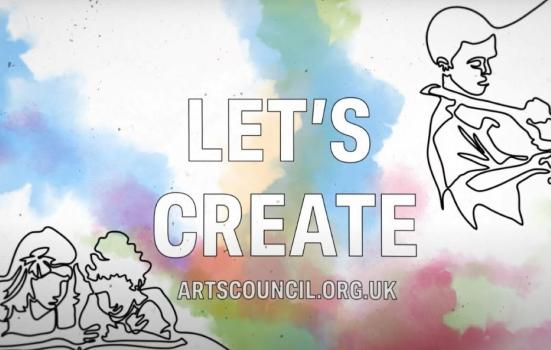The reallocation of such a significant slice of ACE funding away from the capital has caused shock. But it was always part of the Let's Create strategy.

Thousands of people affected by ACE’s new National Portfolio announcement last Friday (4 November) spent the weekend variously in celebration, relief, outrage and - for some London organisations - in disbelief and crushing disappointment.
While ACE has delivered what Let’s Create promised, Levelling Up demanded and DCMS instructed, no-one quite believed it would be so bold in its “invidious choices”. No-one quite believed levelling up would entail such a levelling down for London.
This assault on the capital provoked gasps of indignation from theatre twitter, horrified that Hampstead, the Donmar, the Gate and ENO could fall under the axe.
READ MORE:
- NPO decisions: Changes in regional funding distribution
- NPO decisions: Enlarged portfolio shifts funding away from London
But equally it drew bewilderment from new portfolio entrants who did not believe their success should come at the cost of dismantling London’s global powerhouse of a cultural offering.
Even those who had been pessimistic about the outcomes were surprised at the scale of the damage inflicted on London - a reduction of £24m a year* - and the impact that reduction will inevitably have on the already precarious workforce.
So while ACE can be applauded for taking great strides towards realising its Let’s Create ambitions across the country, I don’t think anyone who took part in ACE's extensive consultations held across the country back in 2018 thought this is what the future would or should look like.
After so many years of planning, Friday’s announcement should have been a triumphant unveiling of a new vision for culture across England, in person at the UK’s next UK City of Culture no less.
Instead, one could only feel sympathy for the three tense figures uncomfortably defending decisions imposed on them in a hastily reconvened online press conference.
*This article was amended on 8 November to correct the level of reduction.





Comments
HCB replied on Permalink
Levelling down
Mancunian1 replied on Permalink
All hail the North